A letter to the press
The WES (Women's Engineering Society) sent out the following letter to the Press in 1939:
Sir,
A large number of women throughout the land are preparing in a number of different ways to serve the country if war should come.
One form of work, however, seems to have received little attention, though its importance cannot be over-estimated: we refer to munition work, and the production in general of war material and equipment.
There is a section of future workers in this field which, we believe, would well repay training; it consists of those who would be supervisors and forewomen in control of woman labour.
It is in order to meet what we believe to be a very real need that the Women's Engineering Society is organising a special course of instruction which would enable suitable women (after a brief period of factory experience) to fill the positions of supervisors and forewomen.
Continue the story
-
Go to Women and engineering Women and engineering -
Go to History of WES History of WES -
Go to The Woman Engineer journal The Woman Engineer journal -
Go to EAW - history and policy EAW - history and policy -
Go to EAW - educating women EAW - educating women -
Go to EAW Centenary EAW Centenary -
Go to Dame Caroline Haslett Dame Caroline Haslett -
Go to The Electrical Age Journal The Electrical Age Journal -
Go to IET Young Woman Engineer Awards IET Young Woman Engineer Awards
The right woman for the right job
The WES was determined to ensure that, in this war, the abilities and experience of women should not be limited to driving ambulances and cooking food. Women should be recruited into the right jobs, properly trained and considered in plans for post-war employment. The WES was keen to ensure that women engineers would not be left without any jobs, as had happened after 1918.
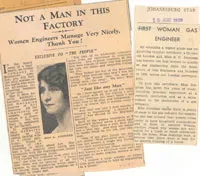
Newspaper cutting “Not a man in this factory. Women Engineers manage very nicely thank you! ”
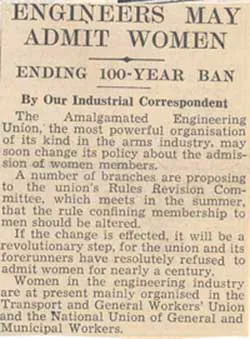
Newspaper cutting “Engineers may admit women ending 100 year ban.”
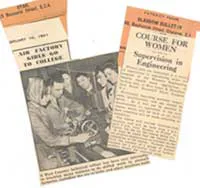
Newspaper cutting “Course for women”.
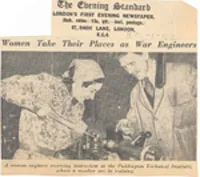
Newspaper cutting “Open factories for girl engineers”.
The importance of apprenticeships
Another vital post-war issue was that of apprenticeships. By this time, women were accepted on all university engineering courses but were not considered for apprenticeships. There were notable exceptions Metropolitan Vickers and Rolls Royce had both accepted girls on their schemes, but many women found it impossible to gain the practical experience needed to follow an engineering career.
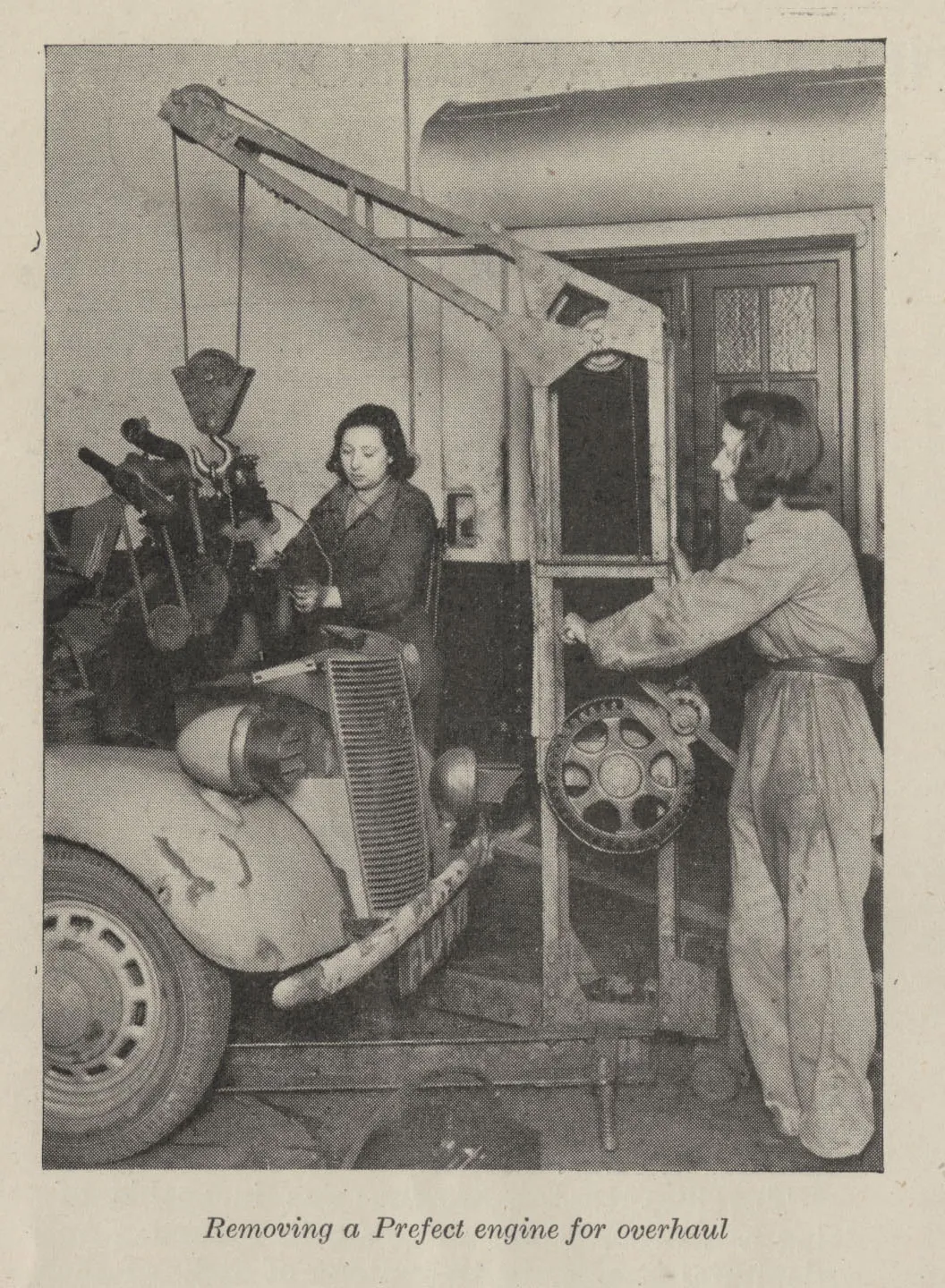
‘Removing a prefect engine for overhaul’ The Woman Engineer Journal Vol 5 no 11
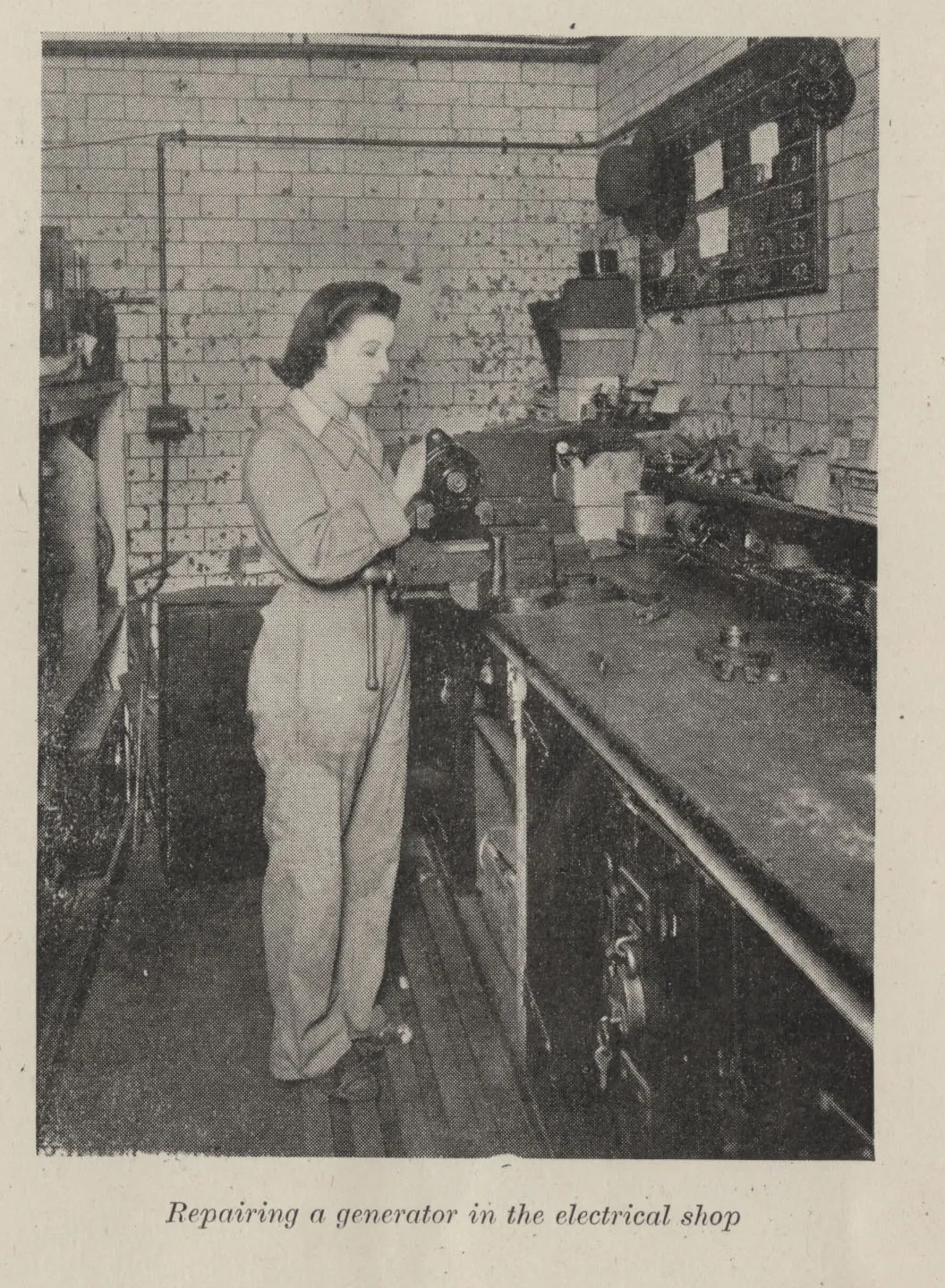
‘Repairing a generator in the electrical shop’ The Woman Engineer Journal Vol 5 no 11
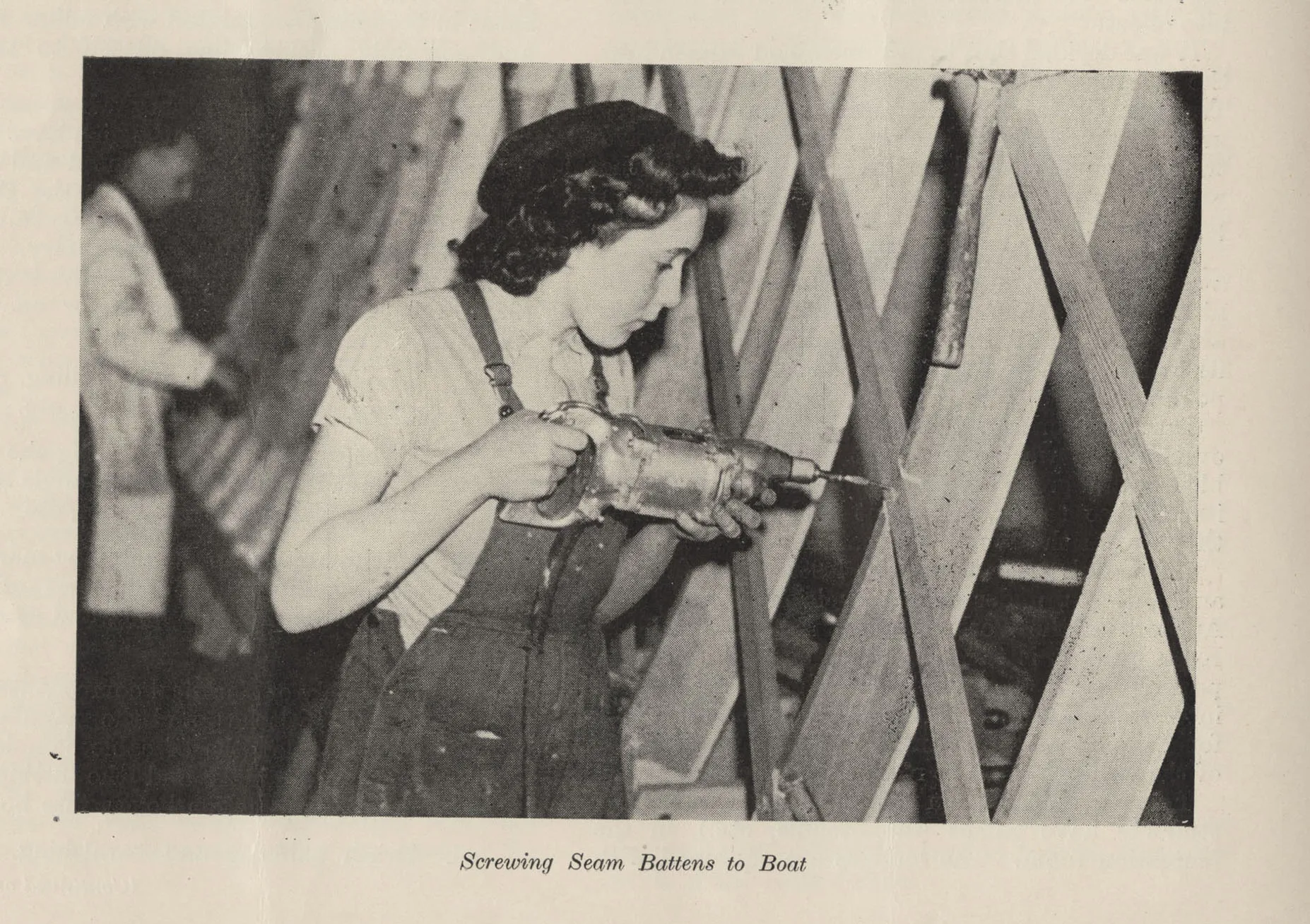
‘Screwing seam battens to boats’ The Woman Engineer Journal Vol 5 no 5
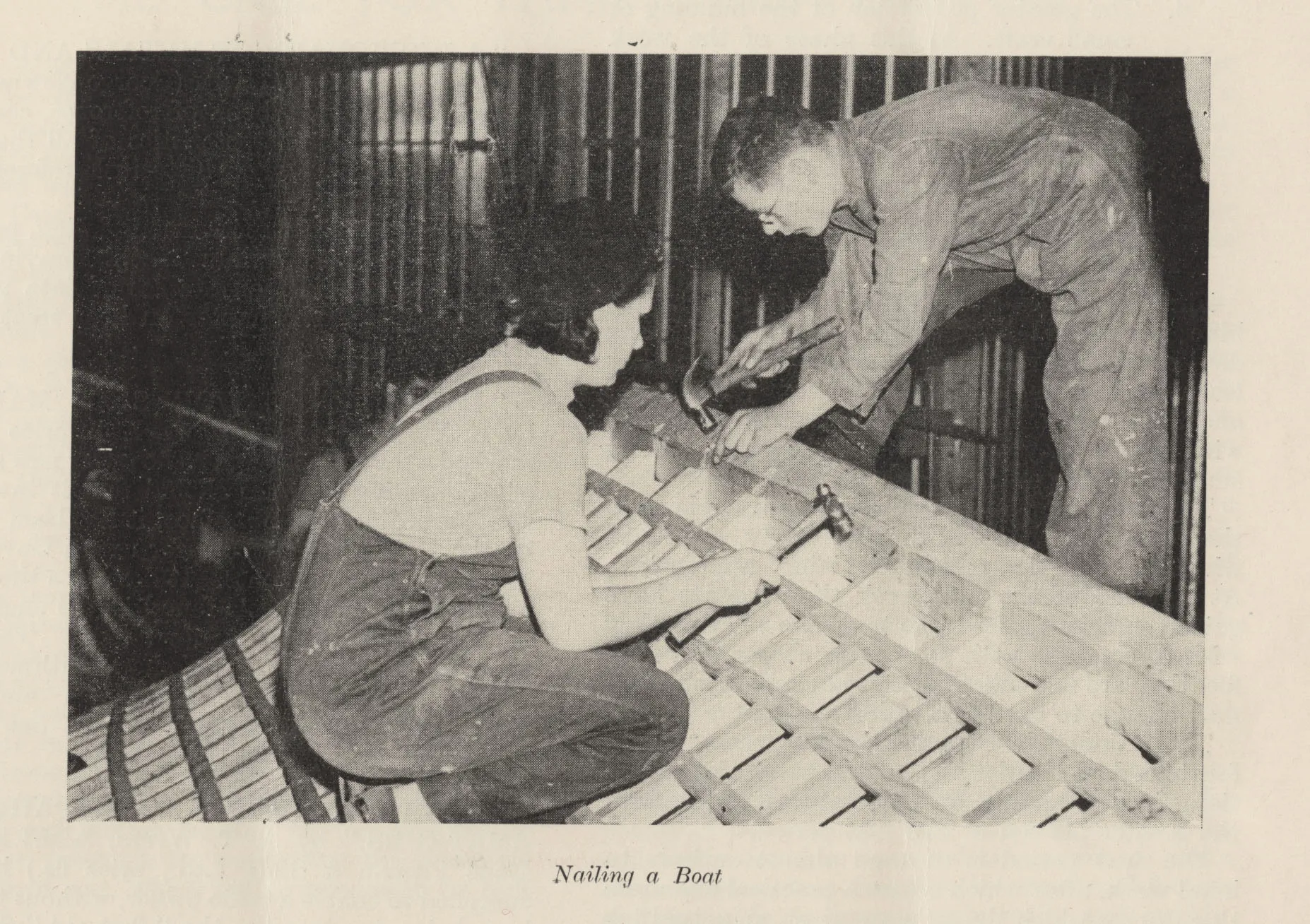
‘Nailing a boat’ The Woman Engineer Journal Vol 5 no 5
WES today
Since 1919 the Women's Engineering Society has been inspiring women as engineers, scientists and technical leaders. It is still very active today.
Many of the activities of the early decades – the lists of training facilities willing to take women, the WES technical library and journal, and the assistance in finding work – are fortunately no longer needed.
WES has been instrumental in the many stages of progress towards the situation today where women can attend any college or university and can get good engineering jobs in any field. However, there remains much to do and many women still feel isolated at college or in their workplaces.
It is still the case that girls are not taking up the fantastic opportunities that an engineering career offers in the numbers that we know they are intellectually capable of.
So WES continues to be an essential resource to promote engineering to girls and women and to support and encourage women in their careers at all stages.
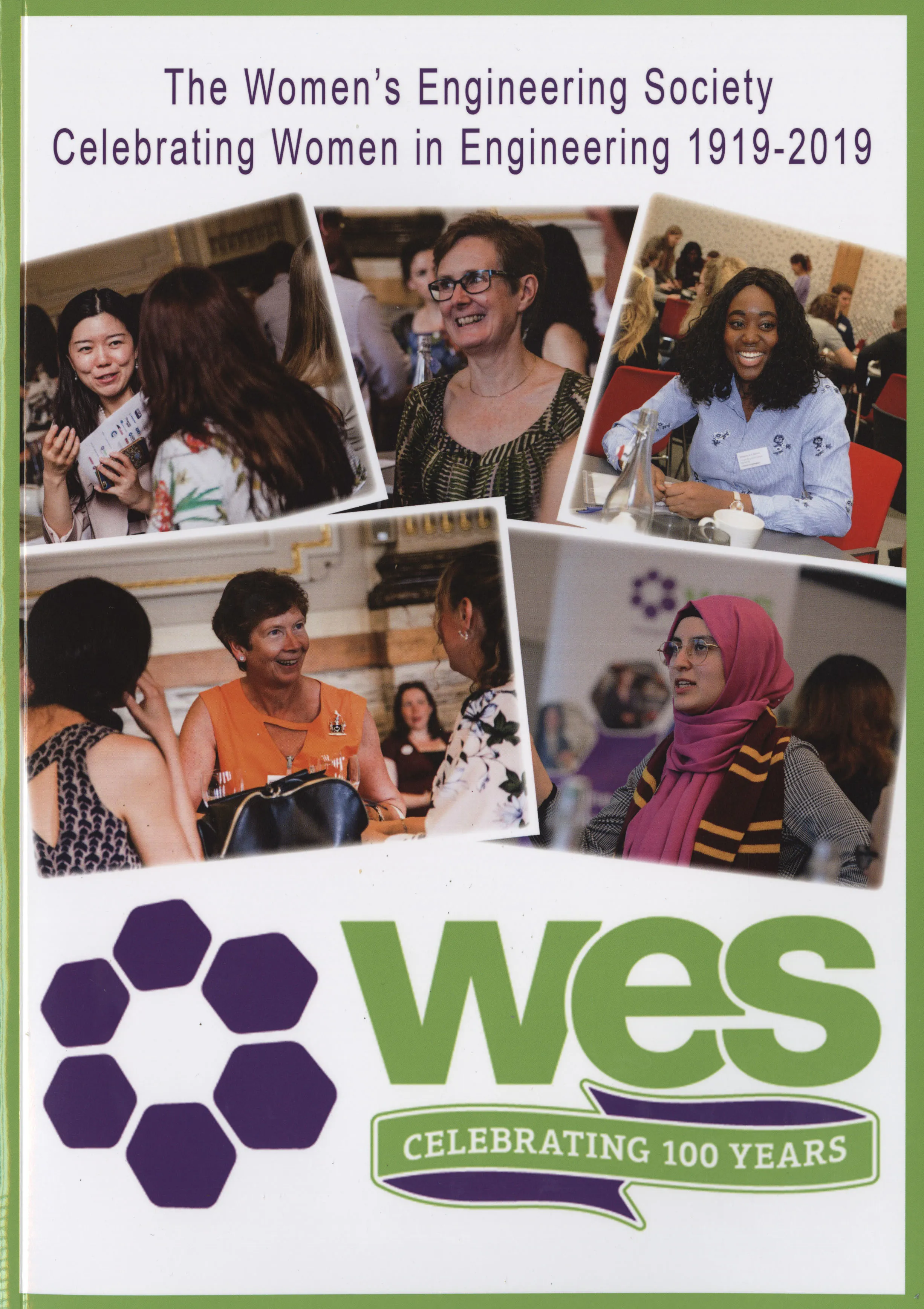
WES Centenary publication
Other resources of interest:
- The Women's Engineering Society
- WES Centenary Trail Map - click on pins to find out more about historical women engineers
